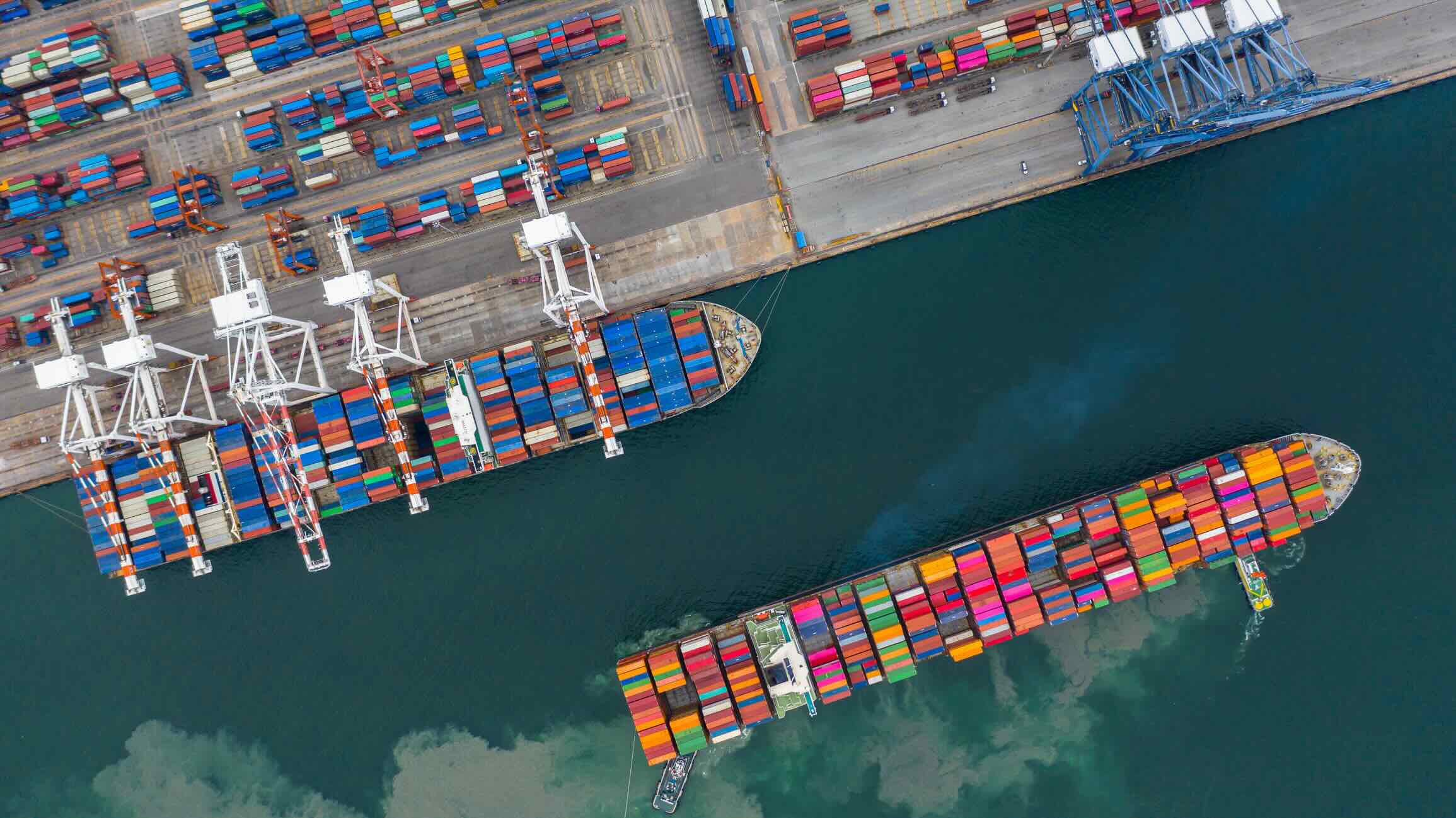Setting up a factory in Thailand involves numerous steps, and one of the most crucial is navigating the customs clearance process for imports. Whether you’re bringing in machinery, raw materials, or finished goods, understanding Thailand’s customs requirements can prevent delays, reduce costs, and ensure regulatory compliance. In this guide, we’ll walk you through the essential steps, required documents, and potential challenges to help streamline your import operations.
Key Documents Required for Customs Clearance in Thailand
Customs clearance begins with ensuring that you have the necessary documentation in place. The key documents required for importing goods into Thailand include:
- Commercial Invoice: This outlines the transaction details and the value of the goods.
- Bill of Lading (BOL) or Air Waybill: Proof of shipment and logistics information.
- Packing List: Describes the goods, the type of packaging, and content specifics.
- Certificate of Origin: Required if claiming tariff exemptions under Free Trade Agreements (FTA).
- Insurance Premium Invoice: Provides details of any insurance taken out for the shipment.
- Import License (if applicable): Necessary for restricted goods such as food, medicine, or hazardous materials.
- Foreign Transaction Form: Needed if the transaction exceeds THB 500,000.
Additional documents such as catalogs or product specifications may also be required, depending on the type of goods being imported.
Customs Clearance Process in Thailand
1. File an Import Declaration
The first step in the import clearance procedure is filing an import declaration, either manually or through Thailand’s Electronic Data Interchange (EDI) system. Importers must submit Customs Form 99 or 99/1 with supporting documentation to begin the process.
2. Register for the e-Customs System
Thailand’s e-Customs system provides a streamlined process for handling import and export documentation electronically. Importers must first obtain a digital certificate, which serves as an electronic signature. Once registered with the system, importers can submit documents, make payments, and track shipments electronically. This system offers faster processing and less paperwork, making it ideal for factory imports.
To register, the company must install e-Customs software, verify the digital certificates, and complete a series of test submissions before the Communication and IT Bureau issues an e-Customs registration ID.
3. Determine if Goods Require Permits or Are Red Line
Before importing goods, it’s critical to determine if they require special permits. Certain items such as used vehicles, pharmaceuticals, or foodstuffs need prior approval from agencies like the Food and Drug Administration or the Department of Foreign Trade.
Additionally, goods are classified as either green line or red line by the e-Customs system:
- Green Line Goods: Low-risk items that require minimal customs inspection.
- Red Line Goods: High-risk goods or those requiring extra documentation and physical inspection.
4. Submit and Verify Import Declaration
Once the documentation is complete, the Import Declaration and arrival report for the shipping vessel are submitted via the e-Customs system. The system verifies the details and notifies whether the shipment is classified as green line or red line.
5. Payment of Duties and Taxes
Thailand charges import duties on most goods brought into the country, unless the goods are specifically exempt under Free Trade Agreements (FTA) or other trade regulations. Payments can be made directly at the Customs Department, via electronic payment (EFT), or through the Krung Thai Bank Teller Payment System.
6. Inspection and Release of Goods
For green line goods, the inspection is typically conducted electronically, and the goods are released quickly. However, for red line goods, physical inspection by customs officers is required. The shipment can only be released once it has passed inspection and all duties and taxes are paid.
BOI and Customs Clearance Regulations
The Board of Investment (BOI) offers various incentives for businesses, particularly those setting up factories and industrial operations. These incentives not only reduce costs but also streamline the customs process for BOI-promoted projects.
1. BOI Incentives for Factory Setup
Key benefits for BOI-promoted businesses include:
- Import duty exemptions on machinery and raw materials.
- Corporate income tax exemptions for up to 8 years.
- Full foreign ownership for certain sectors.
- Simplified visa and work permit processes for foreign workers.
These incentives are especially advantageous during the factory setup phase, as they reduce the financial burden and simplify regulatory procedures.
2. Customs Clearance for BOI-Promoted Companies
BOI-promoted companies can benefit from duty exemptions when importing machinery, equipment, and raw materials used in their approved projects. For example:
- Use Import Entry type C when bringing in BOI-promoted machinery or equipment.
- The BOI certificate must be presented to Thai Customs to avail of the tax privileges.
3. Importing Goods Under BOI Promotions
To import goods under BOI promotion:
- Submit an Import Entry type C declaration, along with the BOI approval letter, to Thai Customs.
- Ensure the necessary supporting documents, such as the Bill of Lading, invoice, and machinery details, are ready for inspection.
4. Free Zones and BOI
For businesses operating in Free Zones, BOI promotions offer even more flexibility:
- Import goods duty-free into Free Zones for manufacturing or assembly.
- Goods can be stored in Free Zones for up to two years without incurring customs duties.
This makes Free Zones ideal for BOI-promoted businesses, allowing them to defer duty payments and optimize their cash flow.
Special Considerations for Imports and Exports
Since the implementation of the Foreign Business Act of 1999, most industries require a Thai majority shareholder, except for certain areas like import/export trading. This has positioned Thailand as a strategic hub for cross-border trade, with US$212 billion in exports and US$177 billion in imports in 2015 alone.
Thailand’s customs system has been further streamlined with the adoption of the e-Customs system, which has reduced the time and cost associated with import/export procedures, especially compared to neighboring countries in East Asia.
What Happens If Your Shipment is Held at Customs?
If your shipment is delayed at customs, it is likely due to documentation issues or regulatory violations. It is important to work closely with your shipping company or customs broker to resolve these issues quickly. You may need to provide additional documents or pay fines to get your shipment released.
Conclusion
Navigating customs clearance in Thailand can be complex, but by understanding the process and preparing the required documents in advance, you can ensure the smooth import and export of goods. BOI promotions and Free Zone incentives are powerful tools for factory setups in Thailand, offering significant customs duty exemptions and streamlined processes.
Ready to Set Up Your Factory in Thailand?
Let SparkUp Solutions help you make the process easy. Whether it’s zoning laws, BOI promotion, or environmental rules, our team will guide you every step of the way.
Contact us today to schedule a consultation and take the first step toward establishing your factory in Thailand





